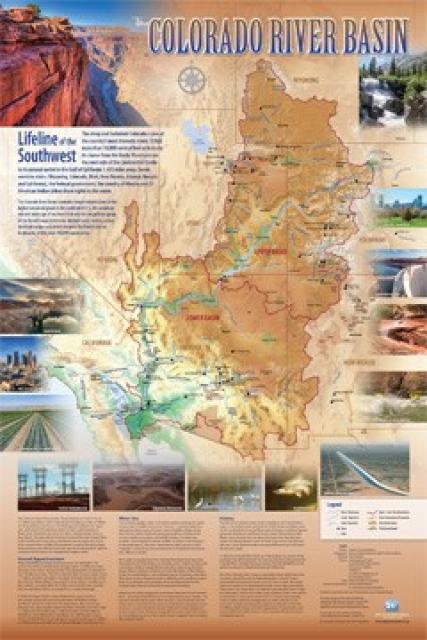Lee Ferry
Lee Ferry on the Arizona-Utah border is a key dividing point between the Colorado River’s Upper and Lower basins.
This split is important when it comes to determining how much water will be delivered from the Upper Basin to the Lower Basin [for a description of the Upper and Lower basins, visit the Colorado River page].
Under the 1922 Colorado River Compact — which apportions the river among seven states — the Upper Basin is committed to deliver 75 million acre-feet to the Lower Basin on average every 10-year period. The deliveries occur at Lee Ferry, which is situated one mile below the mouth of the Paria River. Lee Ferry is not to be confused with Lees Ferry, the historic river crossing that today is the launch point for commercial and private boaters through the Grand Canyon.
After the Lower Basin states (Arizona, California and Nevada) and Mexico have received their respective apportionments, the Upper Basin states (Colorado, New Mexico, Utah and Wyoming) retain the remaining water supply. The Upper Basin may not “unreasonably” withhold water the Lower Basin needs for current beneficial uses.










